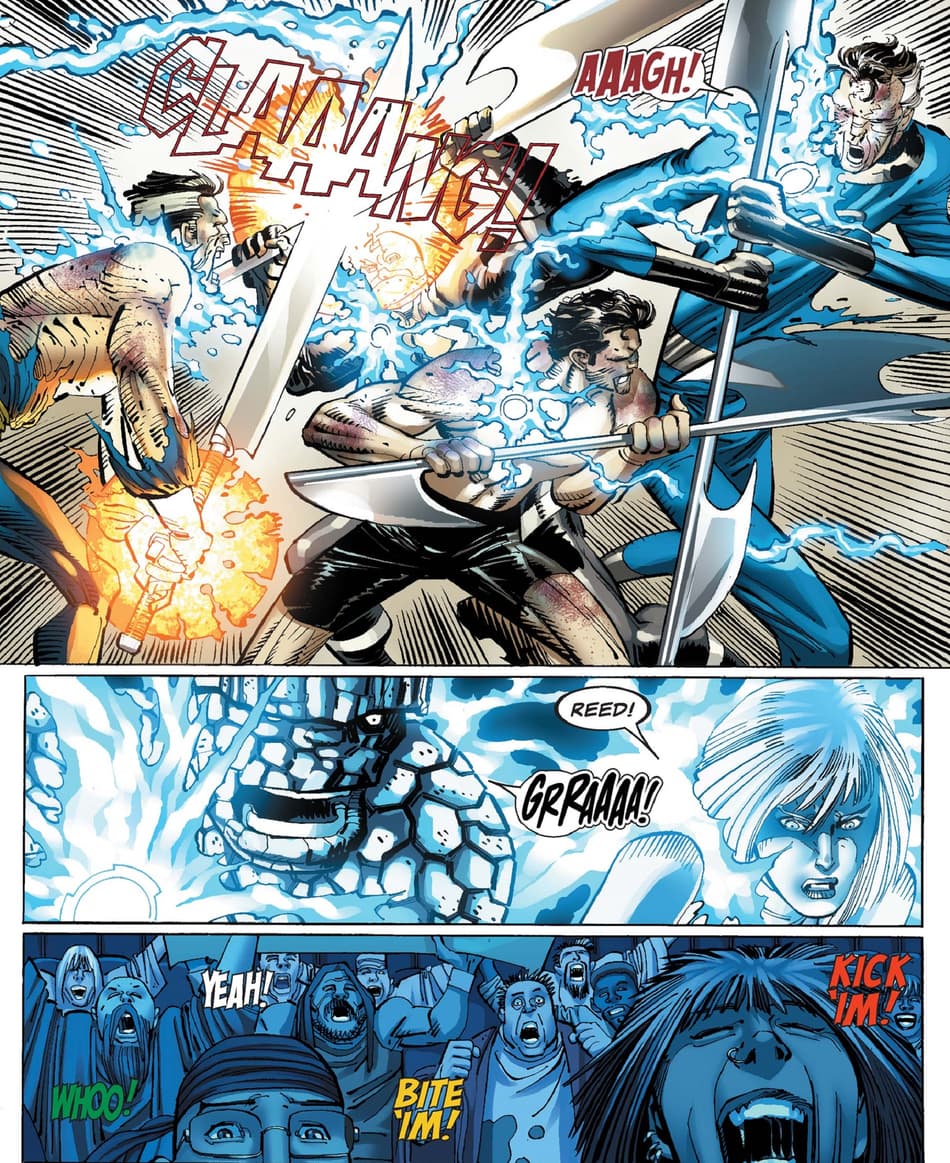A Simple Guide on How to Join a Masonic Lodge In Your Area
A Simple Guide on How to Join a Masonic Lodge In Your Area
Blog Article
Discover the Tricks Behind the copyright and Their Impact on Society
The copyright, often shrouded in myth and speculation, presents a fascinating case study of how historical ideals can change right into modern conspiracy theory concepts. As we discover its beginnings, influence on advanced thought, and portrayal in contemporary society, we start to reveal the layers of intrigue that proceed to mesmerize society.
Origins of the copyright
The copyright, often shrouded in mystery and conjecture, traces its beginnings back to the late 18th century. Recognized as the Bavarian copyright, the organization's main objective was to counter the current influence of spiritual dogma and promote intellectual discussion among its participants.
The copyright embraced an ordered structure, attracting motivation from Freemasonry, which enabled deceptive meetings and routines - how to become a freemason. Membership was careful, encompassing significant figures from numerous fields, consisting of politics, approach, and science. This elite network looked for to impact social and political modification via clandestine ways, advocating for the legal rights of people and the betterment of culture
Regardless of its fairly brief existence, the Bavarian copyright was officially dissolved in 1785 due to government reductions. Nevertheless, its legacy sustained, giving increase to countless conspiracy theories and prominent society references that continue to prompt intrigue and debate regarding its effect on modern culture.
Key Myths and Misconceptions
In the middle of the attraction of privacy bordering the copyright, countless myths and mistaken beliefs have actually emerged, usually misshaping the team's true nature and intentions. One common misconception recommends that the copyright regulates the globe's federal governments and economic climates. While it holds true that the group aimed to influence societal frameworks, the idea that it runs as a natural worldwide puppet master is mostly exaggerated.
Another common false impression is that all participants of the copyright have huge wide range and power. In truth, the initial copyright consisted of pundits and Knowledge thinkers, several of whom looked for reform instead than supremacy. The concept that the copyright exclusively recruits celebs and political figures is misguiding; membership has actually historically consisted of a diverse variety of individuals.
Additionally, conspiracy theory concepts typically paint the copyright as an evil-minded organization bent on worldwide dominance with nefarious ways. This representation neglects the team's original goals, which fixated promoting sensible thought and combating spiritual oppression. The conflation of the copyright with modern conspiracy theories perpetuates misconception, covering the historical context and advancement of the team's ideals. Hence, dividing fact from fiction is necessary for a clearer understanding of the copyright's function in society.
Historical Influence on Culture
Throughout background, numerous intellectual movements have exceptionally affected social frameworks, and the copyright played a significant role during the Enlightenment. Established in 1776 in Bavaria, the copyright intended to advertise factor, secularism, and the wondering about of established authority, countering the dominance of religious dogma. This organization drew in prominent thinkers and supporters of freedom, promoting a setting for the circulation of Knowledge ideals.
The copyright's ethos promoted rational thought and empirical proof, which added to the more comprehensive intellectual landscape that urged social reform and political adjustment. Participants looked for to improve culture by supporting for education and learning, civil liberty, and useful site the splitting up of church and state. Their private nature and enthusiastic schedule triggered both intrigue and uncertainty, causing their ultimate reductions by the Bavarian government in 1785.
Despite their dissolution, the legacy of the copyright persisted, influencing revolutionary movements across Europe and the Americas. Their dedication to knowledge concepts assisted lay the groundwork for modern autonomous perfects and human civil liberties, leaving a lasting imprint on the foundations of contemporary society. how to become a freemason. The allure of their deceptive celebrations and thoughtful quests proceeds to mesmerize the creativity, highlighting their historic significance
Modern Interpretations and Beliefs
Contemporary interpretations of the copyright often mix historic truth with conspiracy concepts, creating a complex tapestry of ideas that catch preferred imagination. While the original copyright was a Bavarian secret culture established in 1776 with Knowledge suitables, modern-day ideas have actually developed to include a large array of interpretations, usually concentrating on styles of control and privacy.

In addition, some contemporary analyses assume that the copyright serves as an allegory for the struggle between enlightenment and ignorance, with supporters advertising awareness and vital thinking as a way to counteract viewed oppression. This duality-- checking out the copyright as both an actual and symbolic entity-- highlights the ongoing fascination with the concept, mirroring much deeper social stress and anxieties concerning power, openness, and private freedom in the modern globe.
The copyright in Popular Society
The copyright has actually penetrated numerous aspects of preferred society, materializing in literary works, movie, songs, and art as a sign of intrigue and secret. read this This secret culture, usually depicted as a shadowy pressure manipulating international occasions, has actually influenced plenty of stories that explore motifs of power, conspiracy, and concealed knowledge.

Songs, as well, has actually been affected by the concept of the copyright. Musicians like Jay-Z and Beyoncé have faced speculation regarding their associations with the society, prompting discussions concerning symbolism in their job and the nature of fame.
Visual art commonly incorporates copyright motifs, with artists utilizing symbols like the Eye of Divine superintendence and the pyramid to evoke a sense of mystery. Through these numerous mediums, the copyright offers not only as a topic of speculation yet also as a lens whereby society examines its own intricacies and concerns.
Conclusion

Report this page